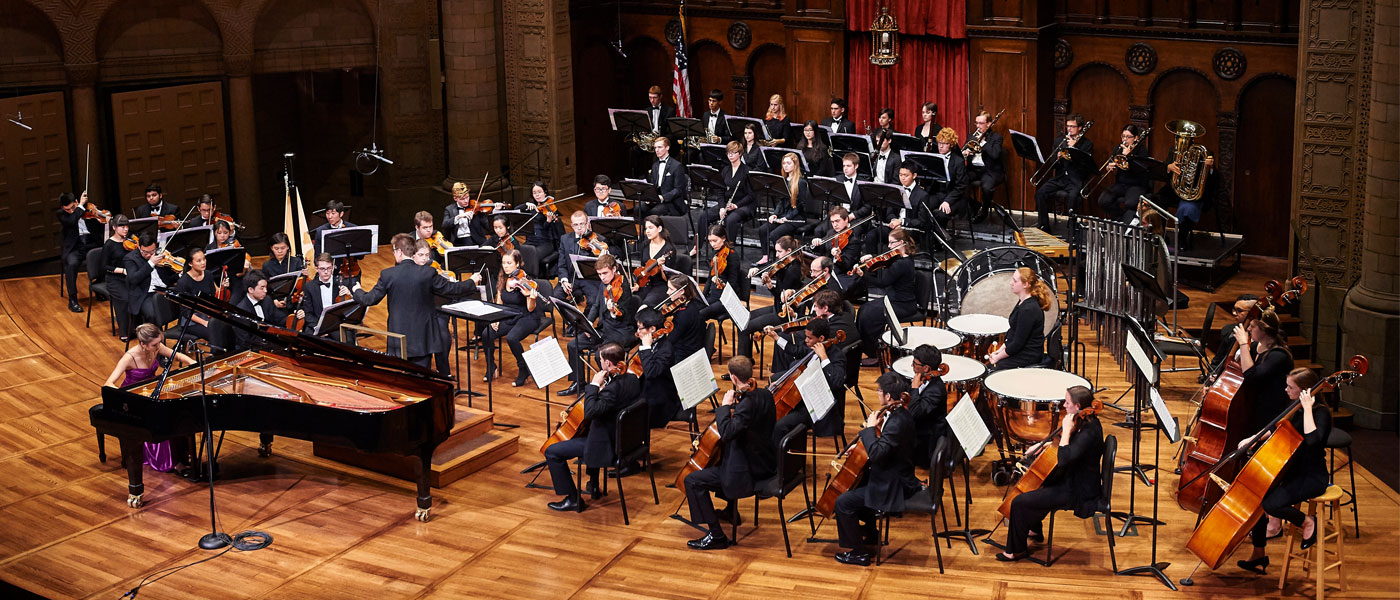Whether your go-to Spotify playlists are filled with country music or blues, rock music or R&B, one fact remains the same: Their inspirations can all be traced back to classical music. And while classical might seem unapproachable to those who aren’t familiar with it, this broad genre offers a wide range of styles, influences and instruments with appealing tunes for all tastes.
“There’s a lot of beauty in classical music, and a lot of different types of beauty. You don’t have to love all classical music, but if you expose yourself to different kinds of it, you’ll probably find something you’ll like,” said David Rothenberg, professor and chair of the Department of Music at Case Western Reserve University. “And even if you don’t, the process of learning about its traditions, techniques and aims is edifying.”
The best way to get started? Talk to someone who knows the genre well. Rothenberg even volunteers to be that source. In his view, the more one knows about classical music, the more they’re able to appreciate it.
“Classical music is an acquired taste,” Rothenberg said. “It’s not self-evident nor obvious how it works, even though it sometimes presents itself as if that’s true.”
Ready to jump in? Check out one of the many upcoming performances by talented ensembles at the university or visit our neighbors, The Cleveland Orchestra, for an upcoming concert. (Students: Make sure to enter the weekly drawing for free tickets to see The Cleveland Orchestra.)
If you’re still not sure classical music is your “thing,” check out the following recommendations from students and faculty members from the Department of Music. They shared their favorite compositions with us in honor of Classical Music Month.
Maxine Chou
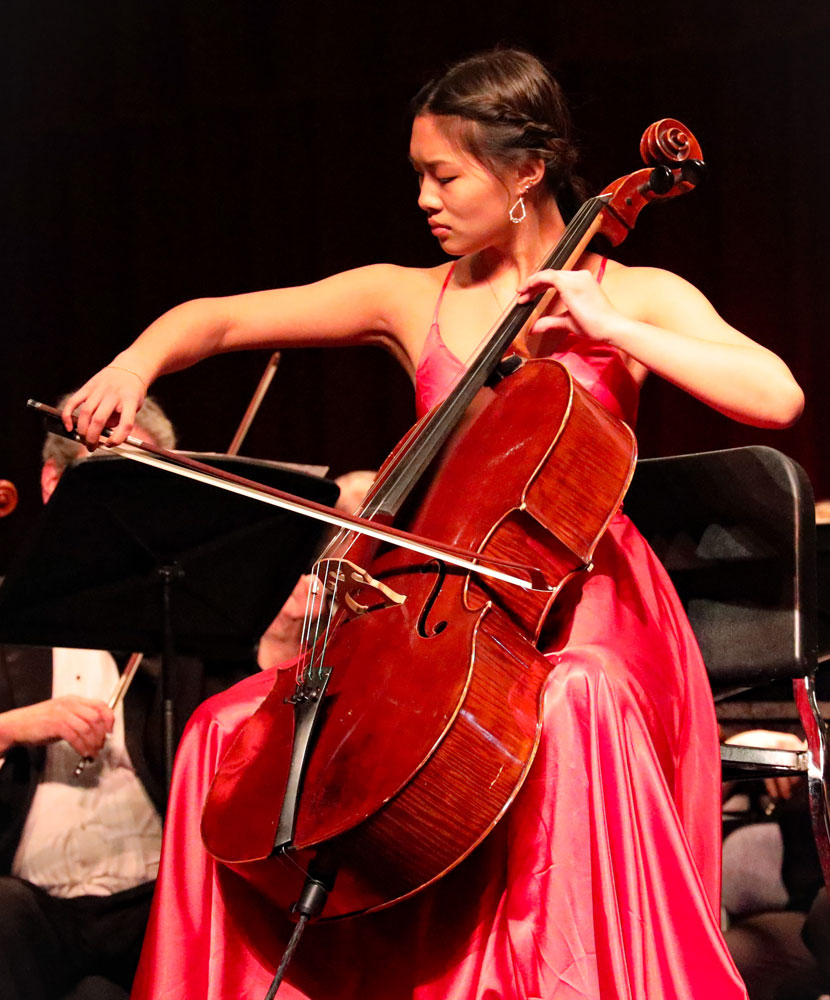
Third-year undergraduate student majoring in chemistry and music
Cellist
My favorite classical composition is Bach’s Unaccompanied Cello Suite No. 6 in D Major. The work’s intricate, yet fluid, dance-like movements showcase Bach’s unparalleled command of counterpoint and harmony, creating a rich tapestry of sound that displays both the cellist’s virtuosity and musicality. Although the work is for solo cello, the music possesses the power and grandeur of an orchestra.
Christopher Clark
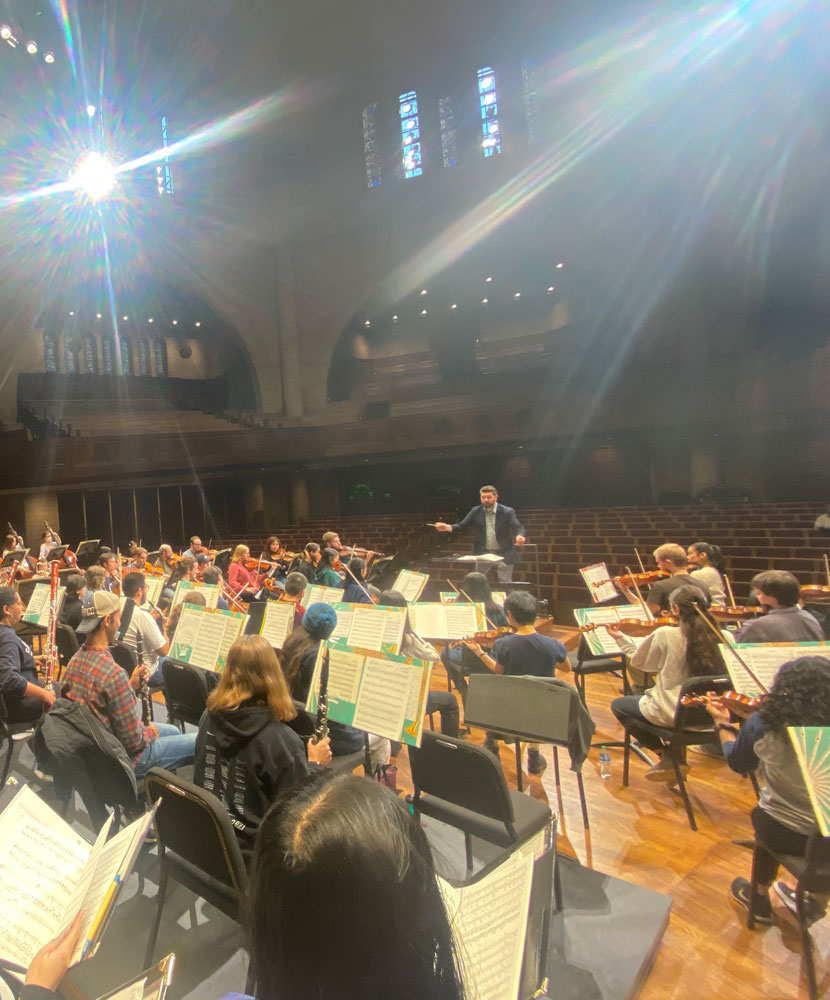
Director of choirs and lecturer, Department of Music
Vocalist/conductor
My favorite classical piece is Aaron Jay Kernis’ String Quartet No. 2, “musica instrumentalis.” The piece uses elements from dance forms found in the Renaissance and Baroque periods, but is set in a contemporary style. Amazing use of color, harmony and textures. I first heard the work in performance and I was entranced throughout the piece.
Lilyanne Dorilas

Fourth-year undergraduate majoring in music and cognitive science
Violinist, composer
Since I often have many favorite pieces at once, this is quite a difficult question to answer! But right now, my favorite piece to play is Samuel Coleridge-Taylor’s Violin Concerto in G minor. True to the African diasporic tradition and the human condition, this Black British composer really knew how to tell a story. He perfectly blended rhythms and harmonies to create a grand and cinematic atmosphere in all of his works. I can’t help but be fully immersed in the lively stories he tells through his music, even 110 years after his death.
Nathan Kruse

Associate professor, music education
Associate chair, Department of Music
Trumpeter, violist, vocalist
It’s difficult to pick, but I’m drawn to the tonal and emotional shifts in Gustav Mahler’s music. My first “real” orchestra experience was playing Mahler’s first and third symphonies as an undergraduate trumpet player. Those experiences left quite an impression on me, so my ears perk up whenever I hear his distinctive music.
Caleb Owens
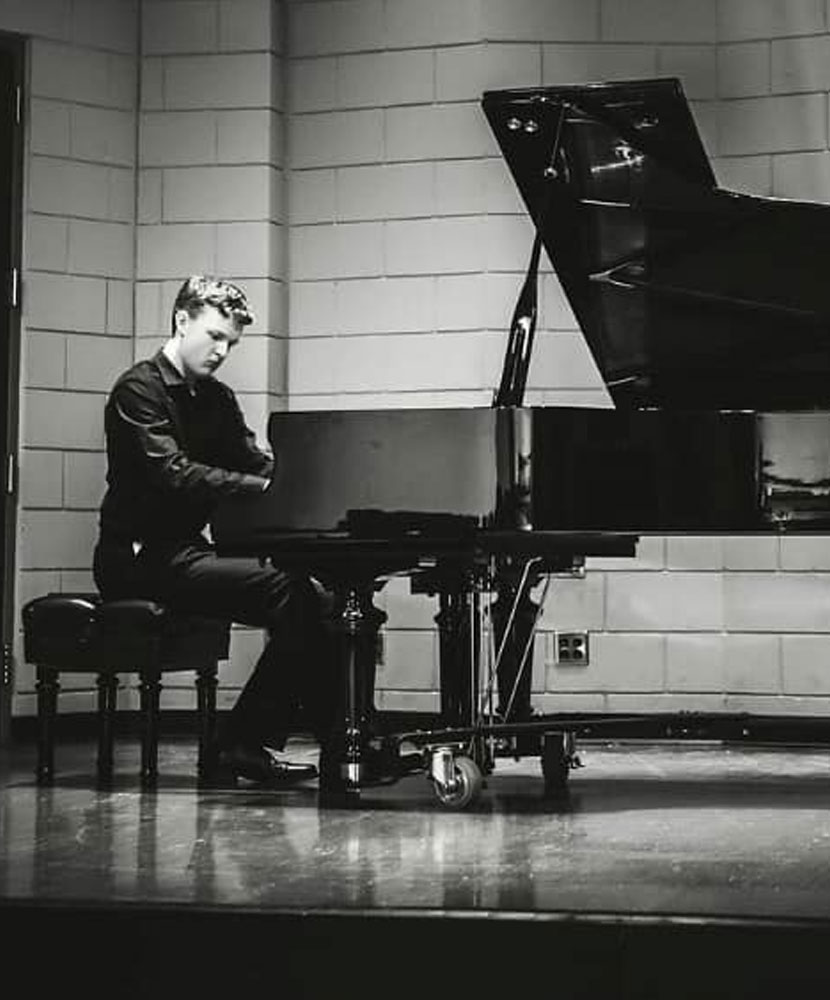
Fifth-year undergraduate student majoring in music
Pianist
My favorite classical composition right now is Ottorino Respighi’s Sei pezzi per pianoforte (Six pieces for piano). I really like the wide range of musical characters Respighi is able to convey through the six pieces, which are titled “Caressing Waltz,” “Canon,” “Nocturne,” “Minuet,” “Study,” and “Interlude-Serenade” in English.
For a work to be my favorite at any given time, it has to be performed by someone who can really bring it to life. I fell in love with this work after listening to Konstantin Scherbakov’s recordings of the six pieces on Spotify. In the recordings, he distinguishes between different moods and characters very well; for example, he gives the waltz a dance-like, lilting feel, while making the canon feel more solemn and stately.
Marcelo Rebuffi
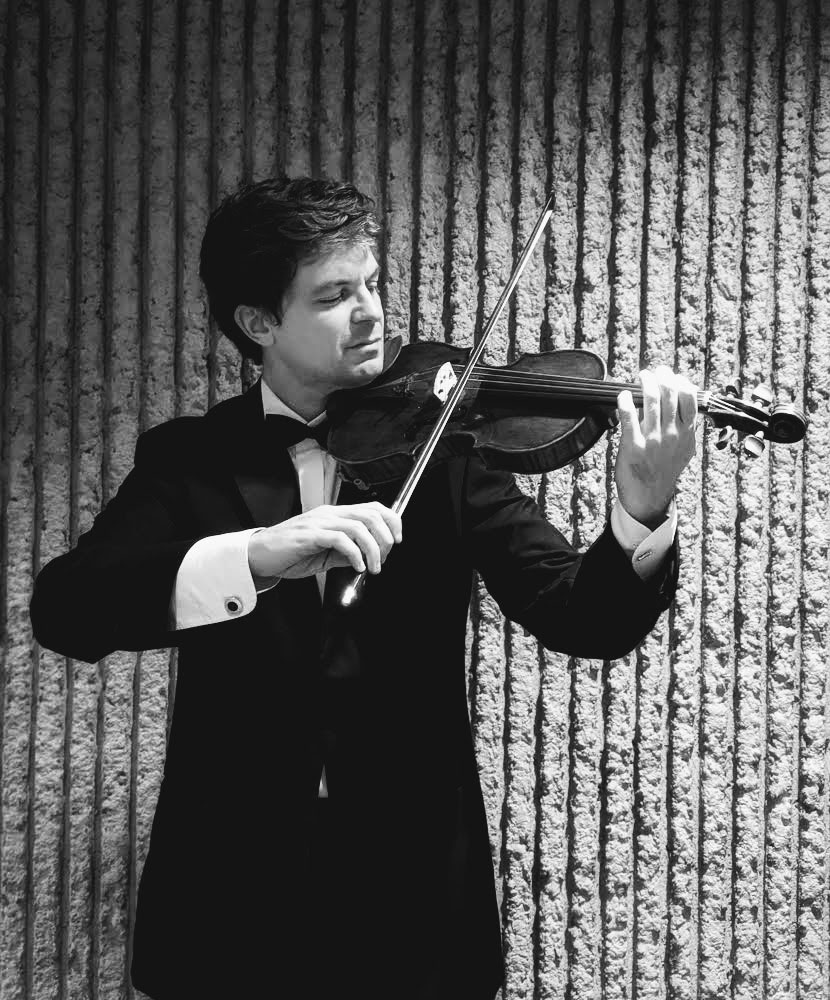
PhD candidate in musicology
Violinist, violist
The Jupiter Symphony by Wolfgang Amadeus Mozart is one of my favorite works. Although Mozart was frequently depicted as a kind of angel connected to celestial music, the Jupiter is a true political manifesto. In an unprecedented way, Mozart manages to build a harmonious, utopian (and yet controversial!) musical space where melodies of apparently incompatible styles (related to different social classes) were able to coexist, foreshadowing the values of liberty, equality, and fraternity of the French Revolution that was about to break out a few months later.
David Rothenberg
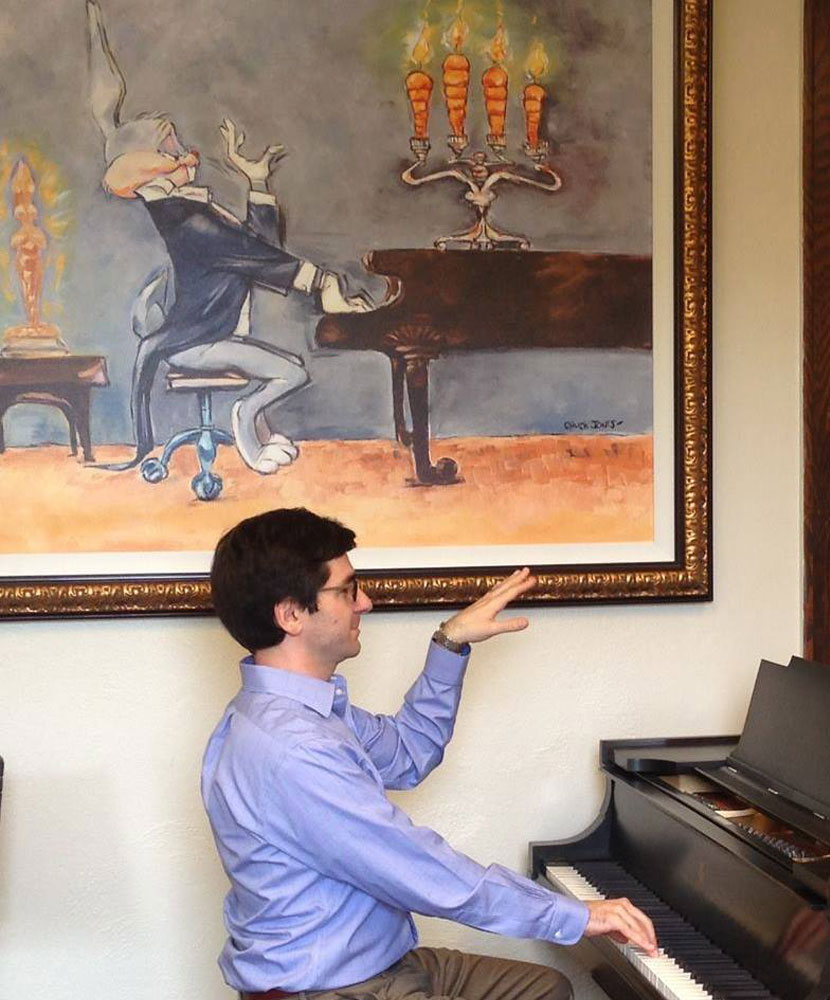
Professor and chair, Department of Music
Keyboardist, guitarist, lutenist, vocalist
As someone who has devoted my life and career to studying classical music, I literally cannot answer this question. But I’ll mention one of my favorite pieces, which is Johann Sebastian Bach’s Fifth Brandenburg Concerto. It’s a concerto for violin, flute and harpsichord (a precursor of the piano) with a small string orchestra.
Listening to the piece without knowing anything about it, I think one can appreciate its graceful melodies, rhythmic intricacy, and virtuosity, especially from the harpsichordist. And then with some education in music history, one can begin to appreciate that at the time (1721), the harpsichord was not generally a solo instrument but instead usually sat in the back accompanying, which is exactly what it does at the beginning of this piece, letting the violin and flute take the lead. But slowly the harpsichord comes to the fore until all the other instruments drop out and it plays alone for several minutes of the first movement with some of the most virtuosic writing imaginable.
Maybe Bach did this to be funny, maybe he was being iconoclastic, or maybe he just wanted to show off his own keyboard skills, which were legendary. Whatever the case (and we’ll never know for sure), the piece will blow you away.

